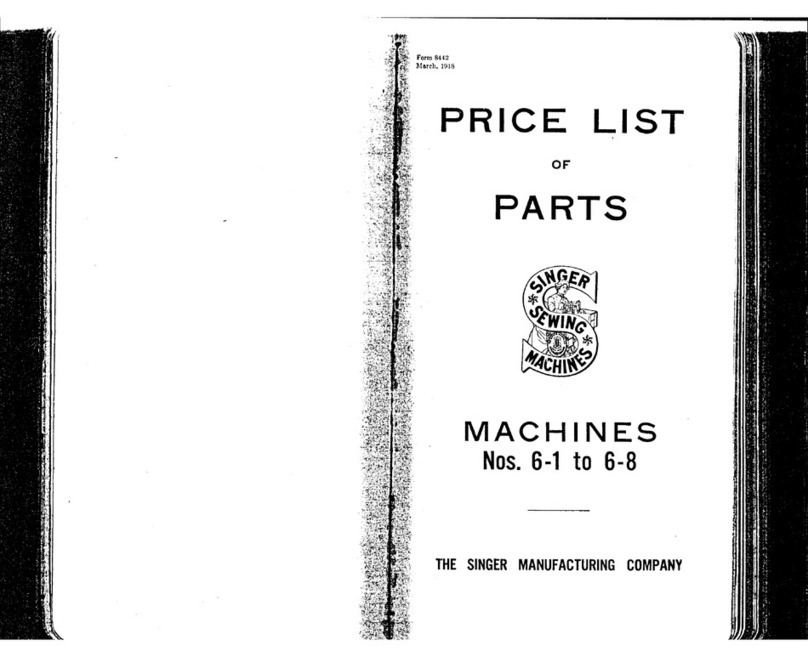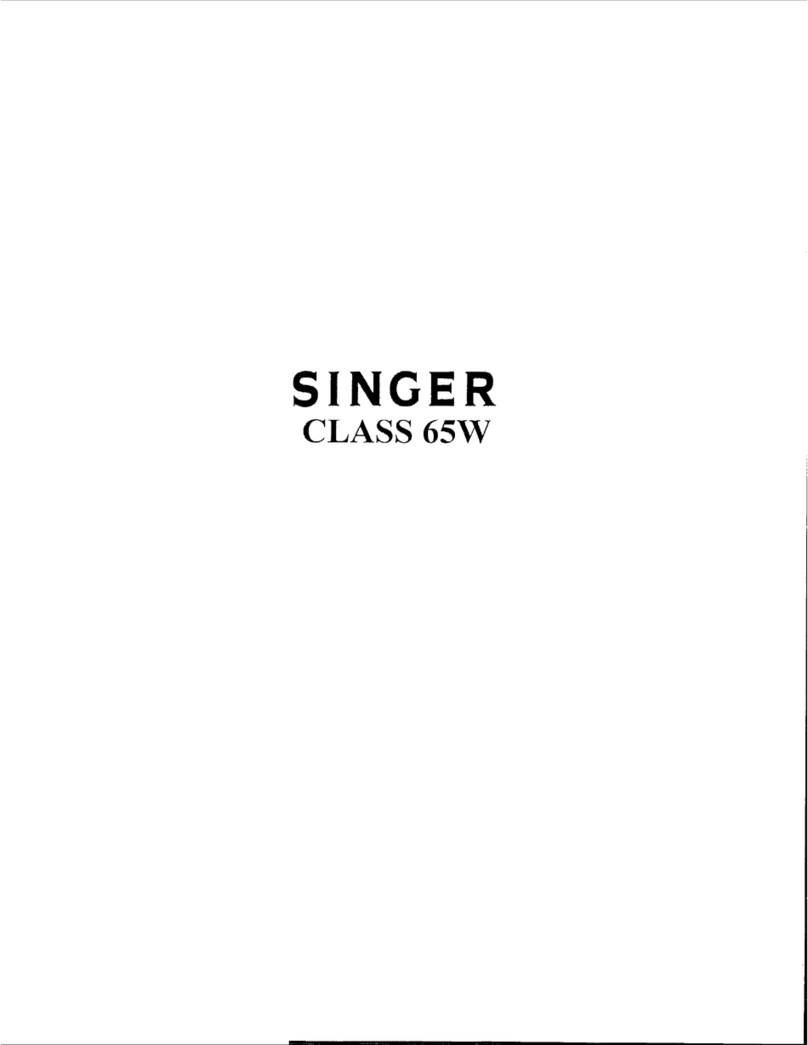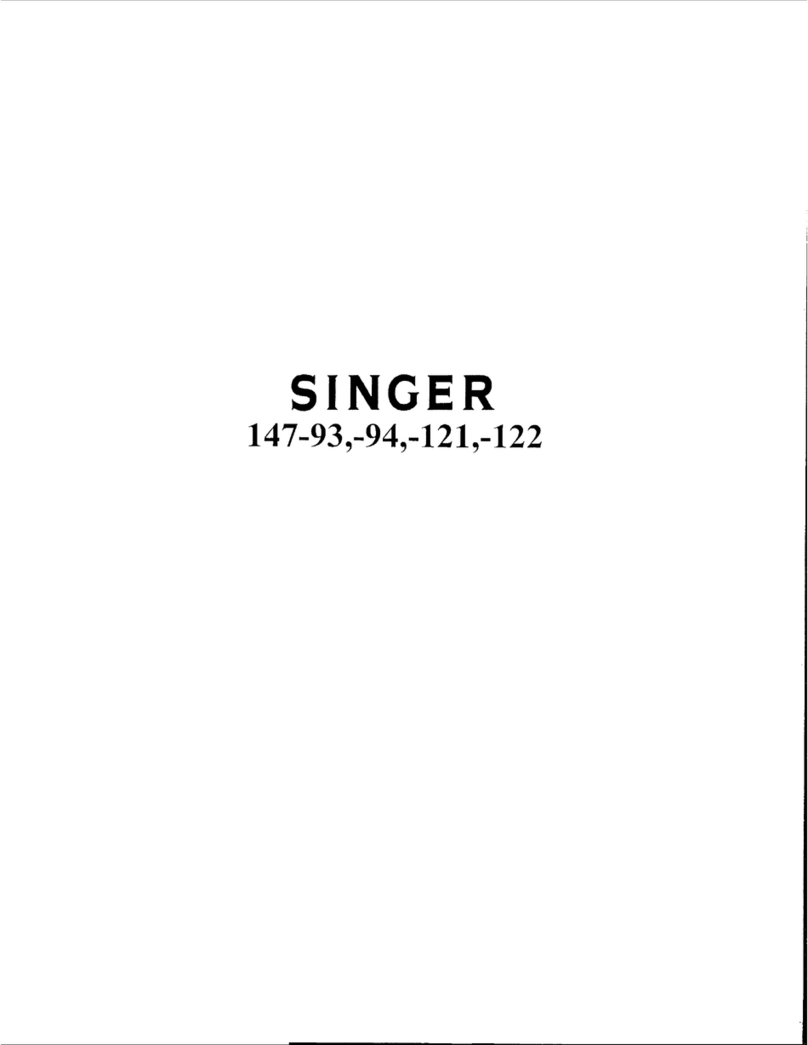Singer 4166 User manual
Other Singer Sewing Machine manuals
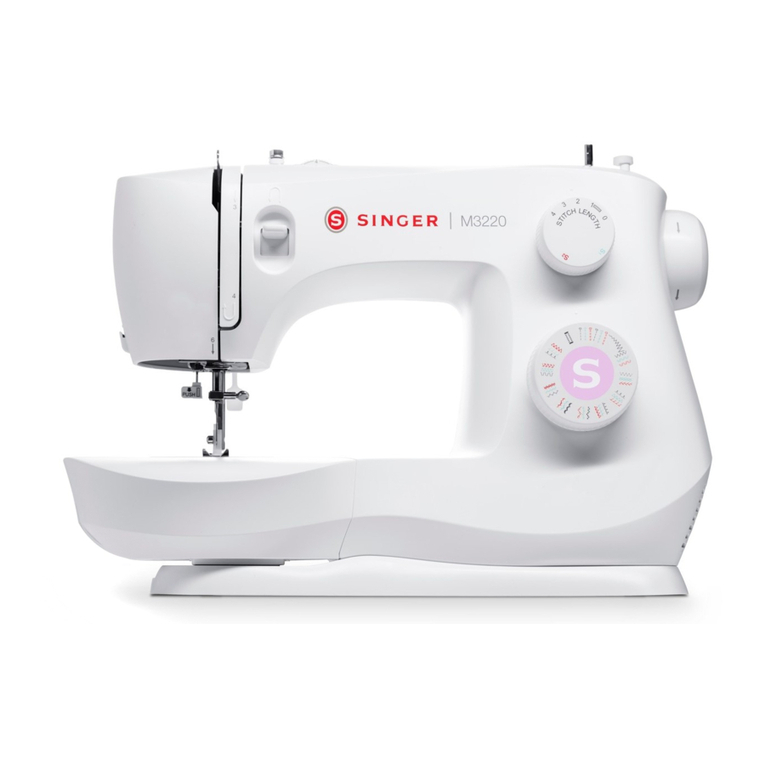
Singer
Singer M3220 User manual
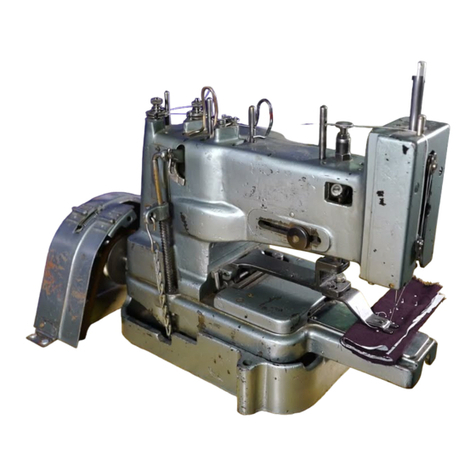
Singer
Singer 175-60 User manual
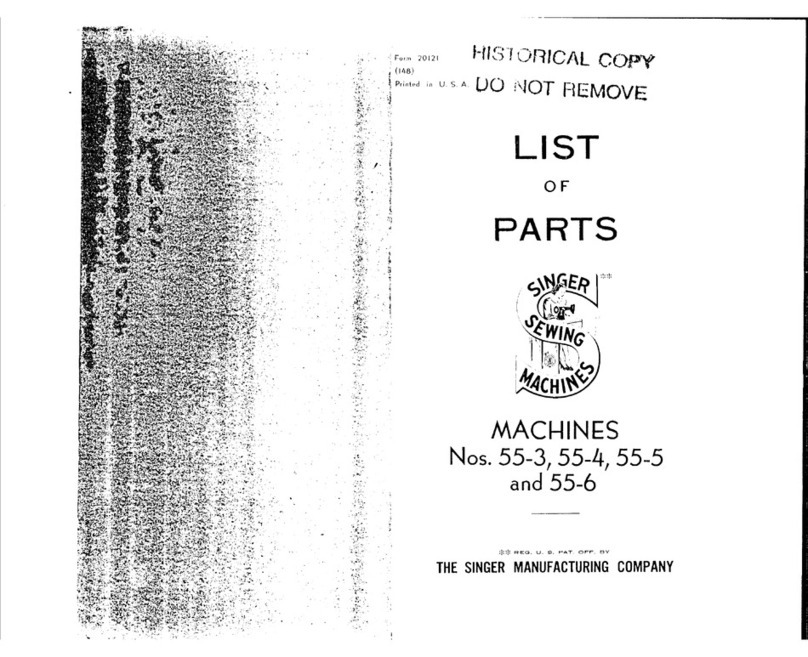
Singer
Singer 55-3 User manual
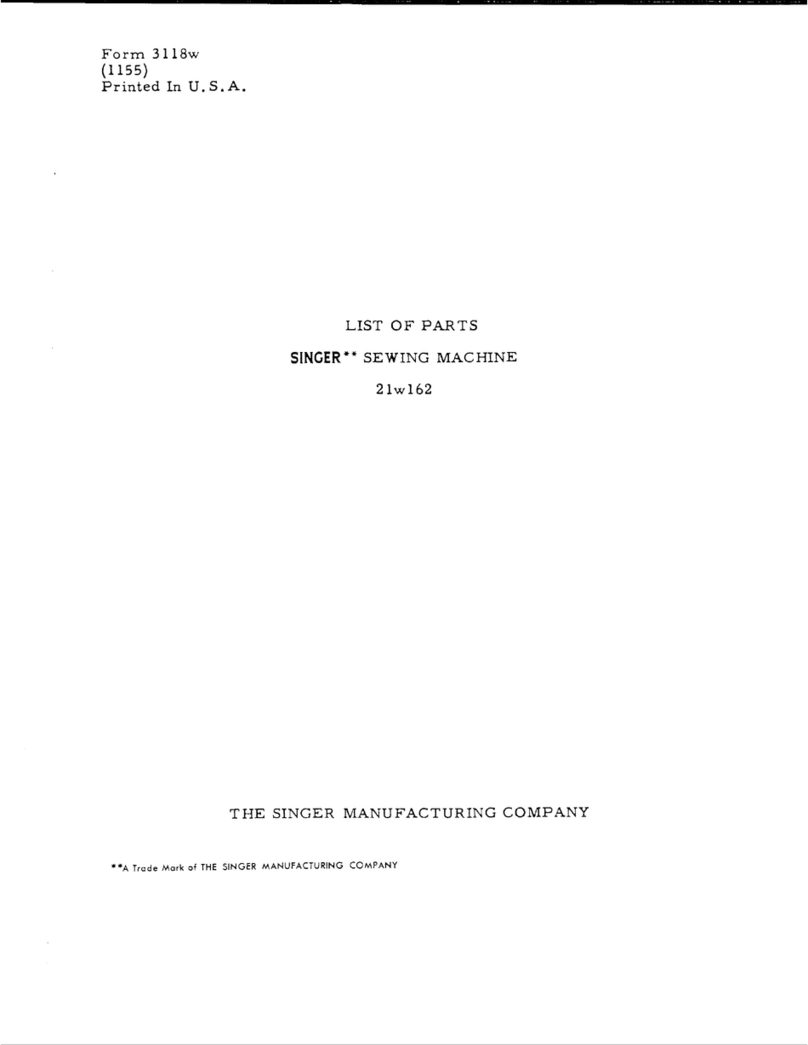
Singer
Singer 21W162 User manual
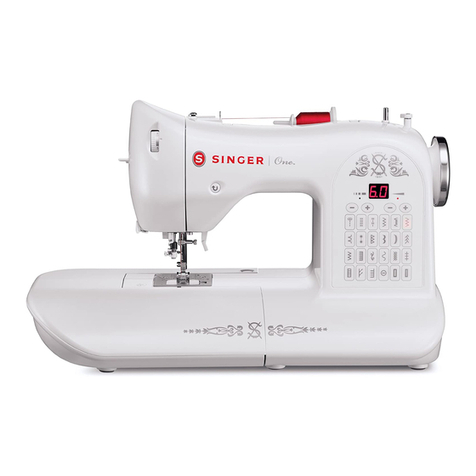
Singer
Singer One User manual
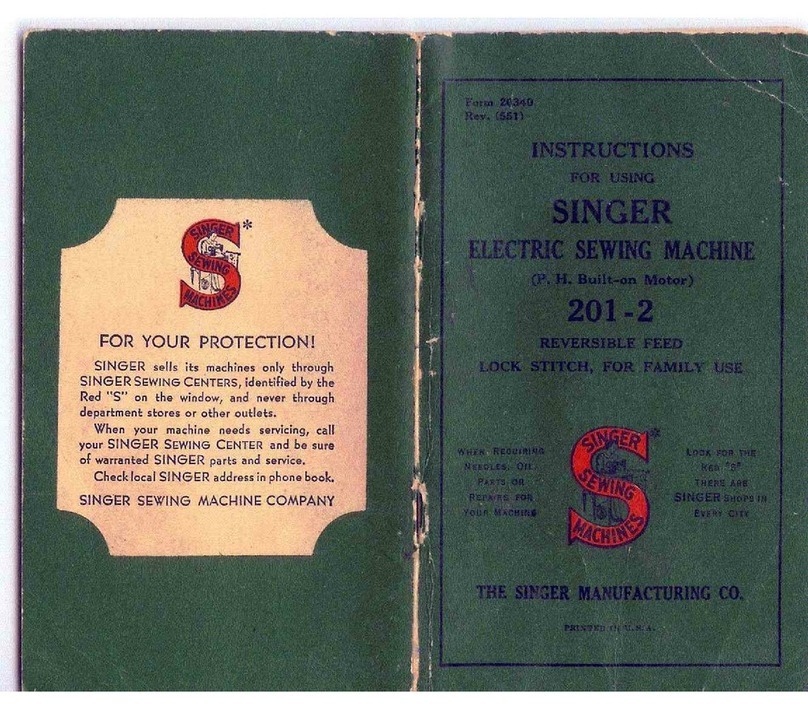
Singer
Singer 201-2 User manual

Singer
Singer 500 SERIES Installation and operation manual
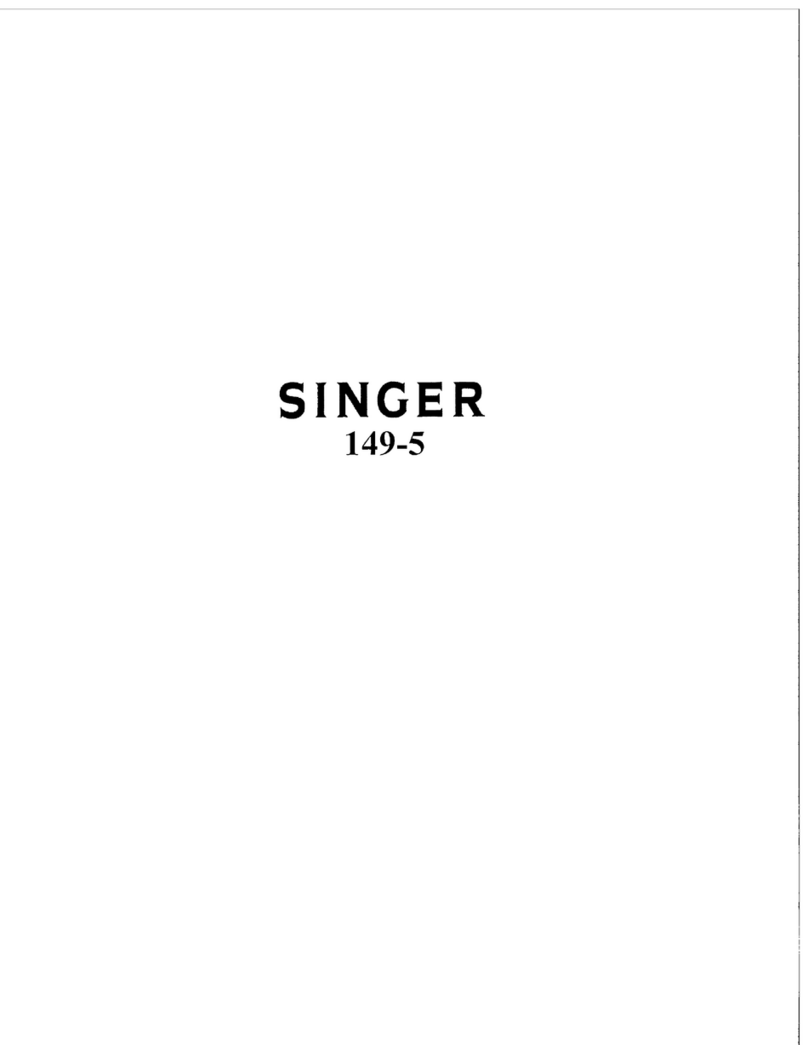
Singer
Singer 149-5 Quick start guide
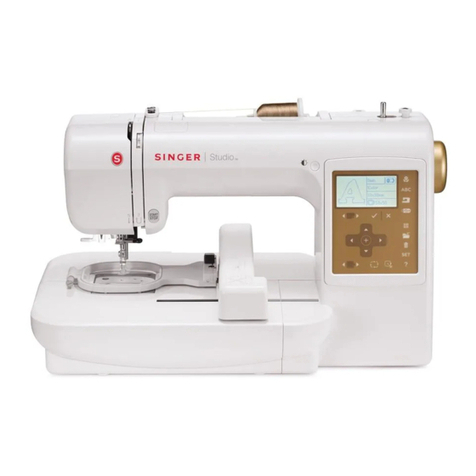
Singer
Singer S10 User manual

Singer
Singer 954 User manual

Singer
Singer 457G UTT User manual
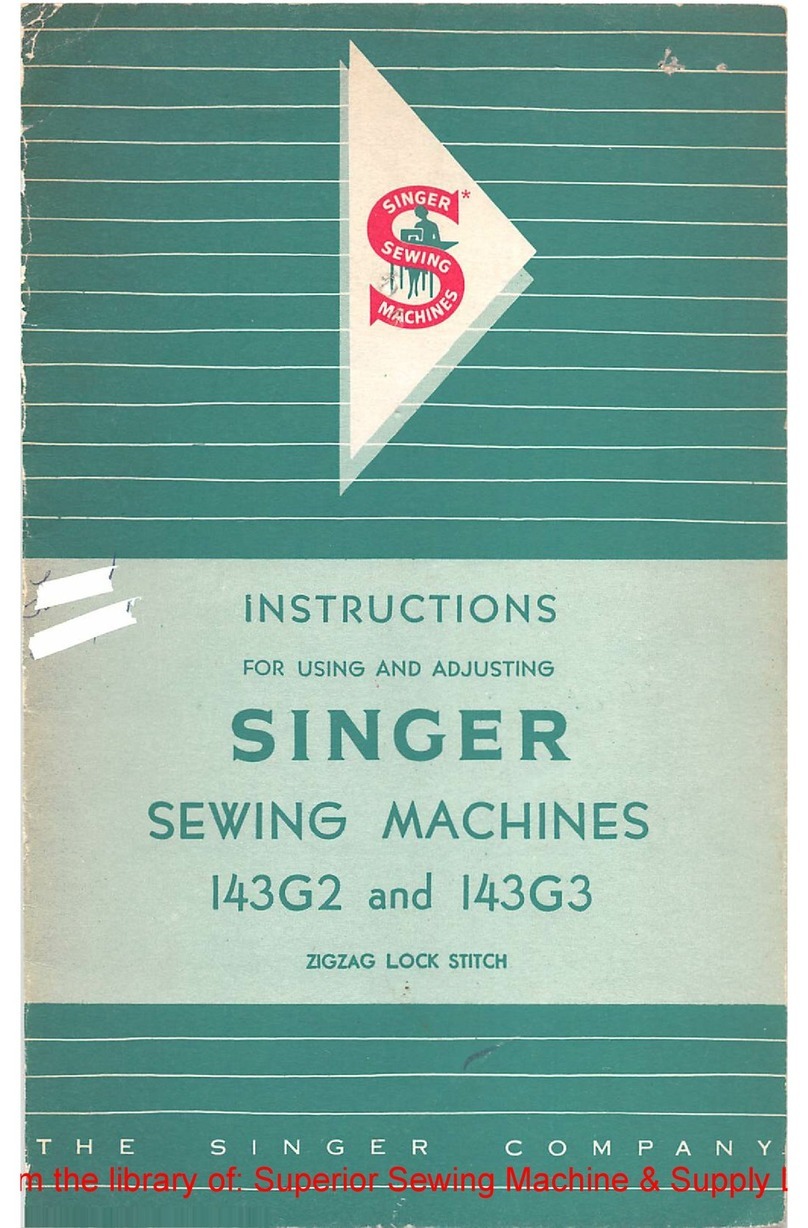
Singer
Singer 143G2 User manual
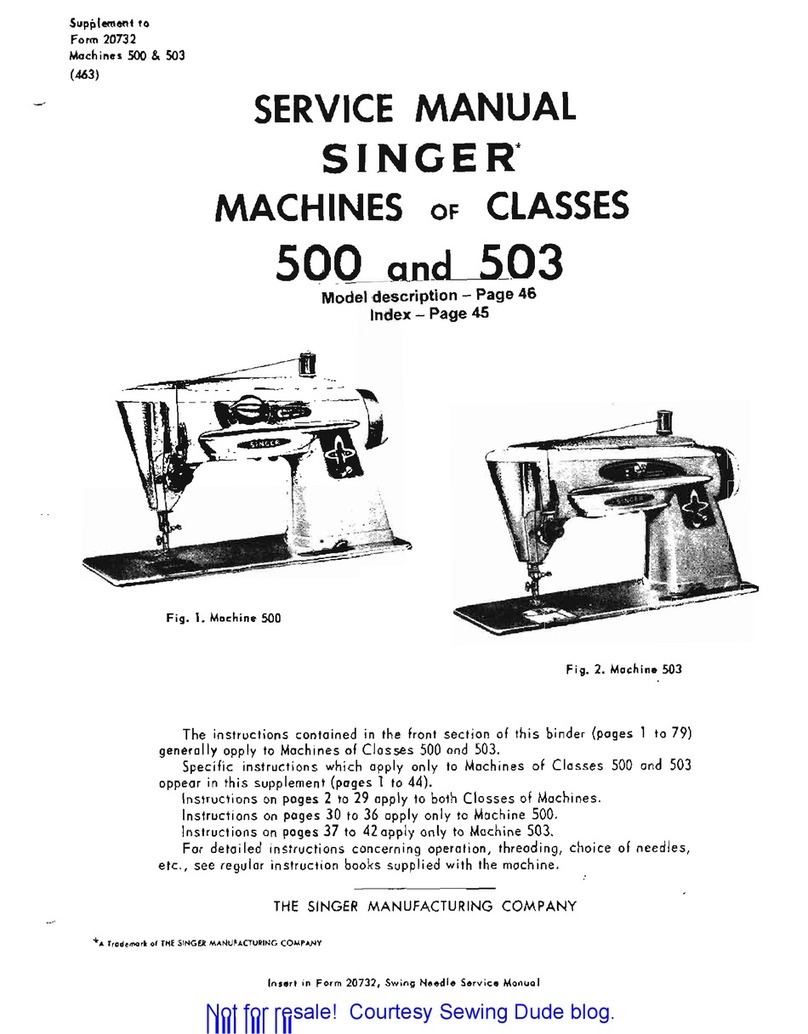
Singer
Singer 500 SERIES User manual

Singer
Singer 8060 User manual

Singer
Singer 6268 User manual

Singer
Singer 144W204 Quick start guide

Singer
Singer Simple 3223 User manual
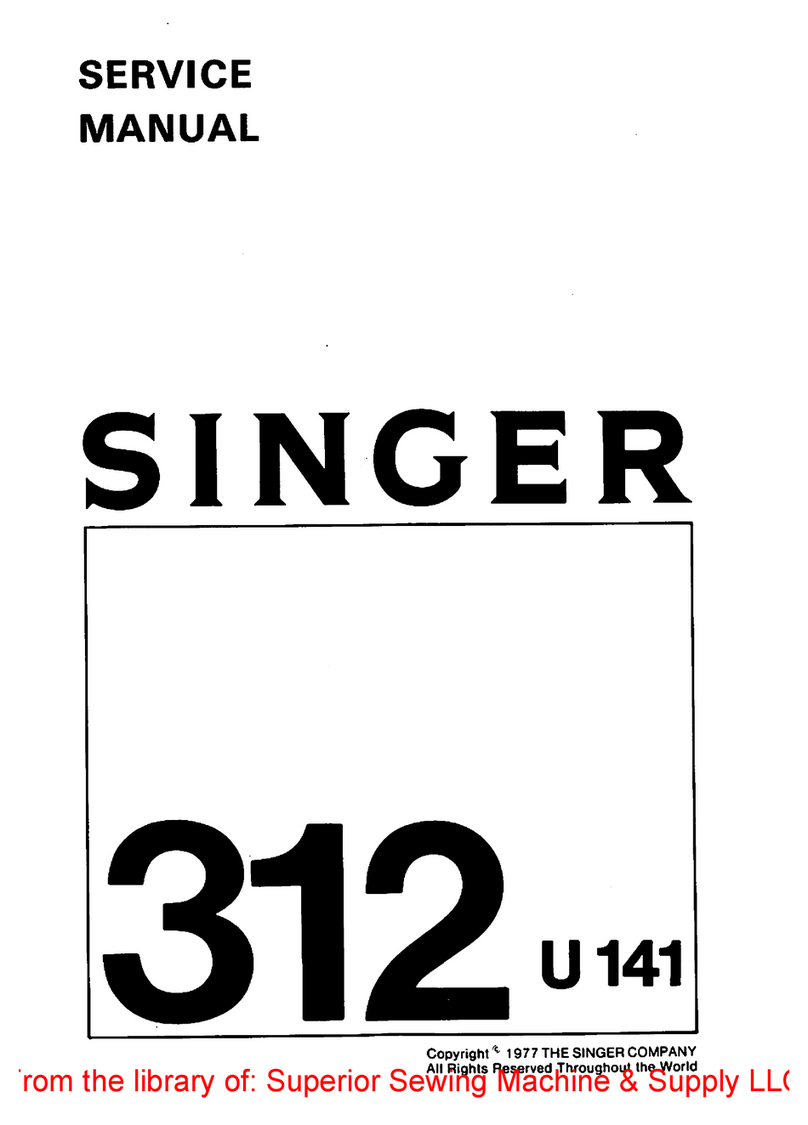
Singer
Singer 312 U141 User manual
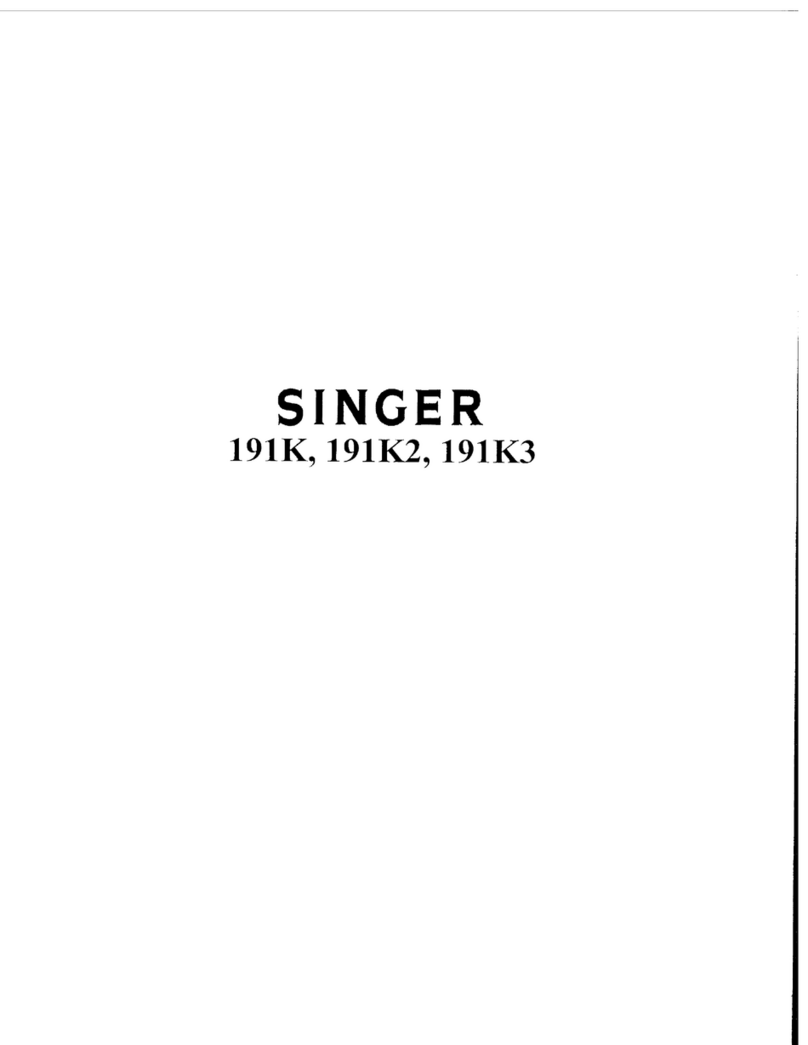
Singer
Singer 191K User manual
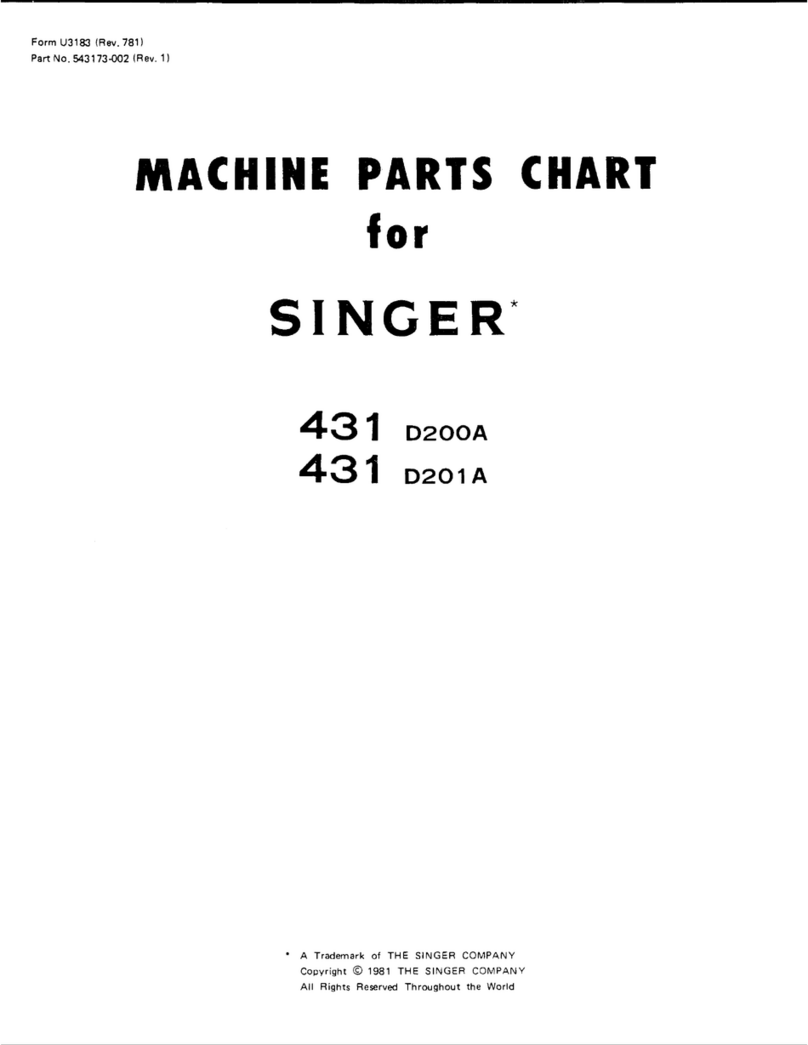
Singer
Singer 431D 200A User manual
